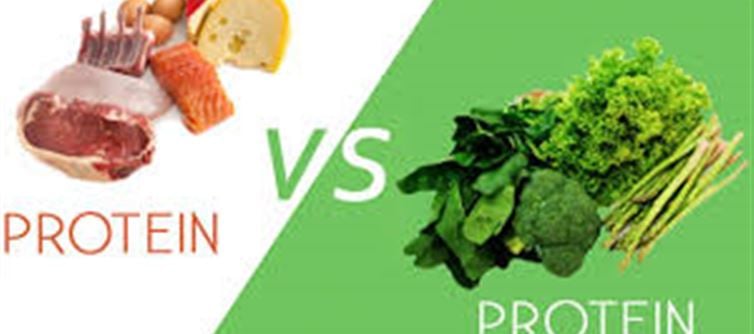
Overview
Weight loss advice can feel confusing, with everyone claiming a “best” protein source. Some swear by chicken and eggs, others feel lighter on tofu and legumes, while many in india rely on paneer and curd.
Protein is key to weight loss because it:
· Keeps you full longer, reducing overall calorie intake.
· Helps maintain lean muscle mass while losing fat.
· Boosts metabolism through the thermic effect of food.
Here’s a detailed comparison of vegetarian, vegan, and meat proteins and how they impact weight loss.
1. Vegetarian protein (Includes Dairy & Eggs)
Sources:
· Paneer, curd, milk, cheese, eggs, yogurt.
Benefits:
· Complete proteins: eggs and dairy contain all essential amino acids.
· Calcium & vitamins: Good for bones and metabolism.
· Satiety: High protein content helps reduce snacking.
Weight Loss Impact:
· Moderate calorie density, especially low-fat dairy, helps with controlled weight loss.
· Egg-based meals can be especially effective for fat loss due to high protein and low carb ratio.
2. Vegan protein (Plant-Based)
Sources:
· Lentils, beans, chickpeas, tofu, tempeh, quinoa, nuts, seeds.
Benefits:
· High fiber content: Promotes fullness and better digestion.
· Heart-friendly: Lowers cholesterol and supports cardiovascular health.
· Environmentally sustainable: Plant-based protein has a lower carbon footprint.
Weight Loss Impact:
· Often lower in calories than animal protein when portioned wisely.
· Requires combining sources (e.g., rice + lentils) for complete amino acids.
· May need higher portion sizes to meet protein goals, which can increase calorie intake if not managed.
3. Meat protein (Animal-Based)
Sources:
· chicken, fish, eggs (if not considered vegetarian), lean beef, turkey.
Benefits:
· Complete proteins: All essential amino acids in optimal ratios.
· High bioavailability: protein is easily absorbed by the body.
· Muscle preservation: Excellent for strength training and fat loss.
Weight Loss Impact:
· Helps preserve lean muscle mass during calorie deficit.
· Can be low in carbs, making it easier to manage calorie intake.
· Overconsumption of red meat or fatty cuts can increase calories and saturated fat, potentially slowing weight loss.
Quick Comparison Table
Protein Type
Satiety
Calories
Nutrients
Weight Loss Friendliness
Vegetarian (dairy & eggs)
High
Moderate
Protein + Calcium
Very Good
Vegan (plant-based)
High (fiber-rich)
Low to Moderate
Protein + Fiber + Micronutrients
Good (needs proper planning)
Meat (animal-based)
Very High
Moderate to High
Protein + iron + B12
Excellent (if lean cuts)
Tips for Using protein for Weight Loss
1. Aim for 1.2–1.6 g protein per kg of body weight daily.
2. Combine protein sources if vegan or vegetarian to ensure complete amino acids.
3. Include protein in every meal to stabilize blood sugar and reduce cravings.
4. Watch cooking methods: Grilled, baked, or steamed is better than fried.
5. Balance with fiber and healthy fats for overall satiety and nutrition.
Conclusion
· Meat protein is highly effective for weight loss due to its high bioavailability and satiety, but lean portions are key.
· Vegetarian protein (dairy, eggs, paneer) is also excellent and easier to digest for some, making it suitable for most indian diets.
· Vegan protein works well if planned carefully, combining legumes, grains, and seeds for a complete profile.
The best protein for weight loss is the one that fits your diet, lifestyle, and preferences, so you can stick to it consistently.
Disclaimer:
The views and opinions expressed in this article are those of the author and do not necessarily reflect the official policy or position of any agency, organization, employer, or company. All information provided is for general informational purposes only. While every effort has been made to ensure accuracy, we make no representations or warranties of any kind, express or implied, about the completeness, reliability, or suitability of the information contained herein. Readers are advised to verify facts and seek professional advice where necessary. Any reliance placed on such information is strictly at the reader’s own risk..jpg)




 click and follow Indiaherald WhatsApp channel
click and follow Indiaherald WhatsApp channel